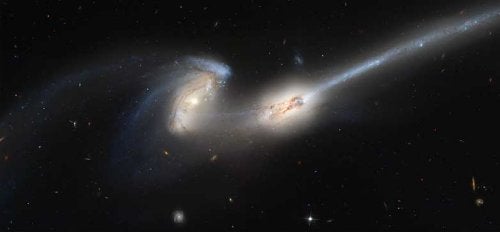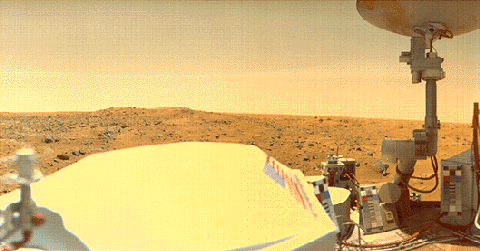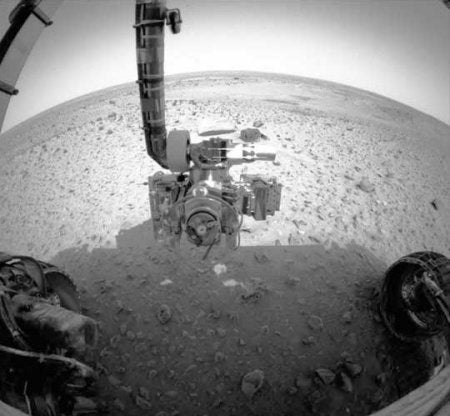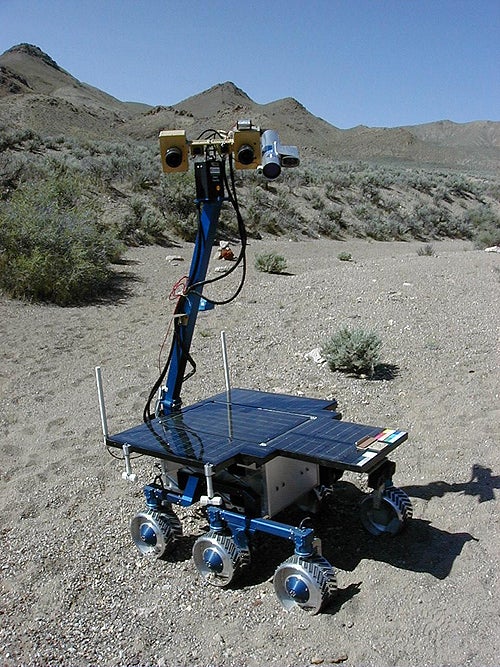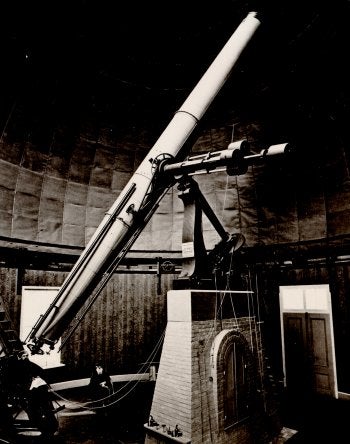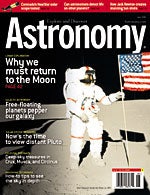
June 2003
The world's best-selling astronomy magazine offers you the most exciting, visually stunning, and timely coverage of the heavens above. Each monthly issue includes expert science reporting, vivid color photography, complete sky coverage, spot-on observing tips, informative telescope reviews, and much more! All this in an easy-to-understand, user-friendly style that's perfect for astronomers at any level.
Features
Lonely planets?
Planetary mass objects, planetars, planemos, sub-brown dwarfs – astronomers can’t even settle on a name for these free-floating outcasts, much less explain them. Learn what scientists have gleaned about this new class of objects and what mysteries remain.
Harvest the Moon
Our only natural satellite will offer a wealth of resources – both scientific and economic – to its next human explorers.
Searcing for alien Earths
A new generation of space observatories may answer the ultimate question: Does life exist elsewhere in the universe?
Crux, Musca, and Circinus
They may be small, but the Southern Cross, the Fly and the Compasses contain an interesting variety of star clusters, nebulae, and other Milky Way delights.
Find the faintest planet
Think observing Pluto is an impossible feat? After reading ASTRONOMY’S handy guide to spotting the most distant planet, you’ll change your mind.
Imaging the Sun in Ha
Join the author on a tour-de-force exploration of the Sun as seen through a hydrogen-alpha filter. Get up close and personal with sunspots, solar prominences, and the ever-changing face of our nearest star.
View the universe in 3-D
Viewing the depth of celestial targets at astronomical distances isn’t impossible. The key is recognizing and understanding visual cues provided by the desired object.
Coronado’s NearStar scope
Coronado’s NearStar solar telescope delivers the Sun as it always was described in science class: rich, majestic, and alive. Incorporating innovative Ha filtering, it optically slices through the photosphere to bring observers spectacular details.
Departments
This month in Astronomy
Beautiful universe
Letters
Interview
Bob Berman’s strange universe
Glenn Chaple’s observing basics
News
The sky this month
Ask Astro
New products
Book reviews
Coming events
Advertiser Index
Resources
Reader gallery

